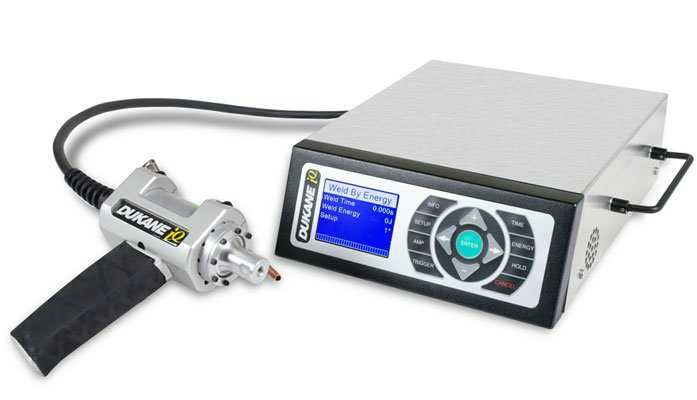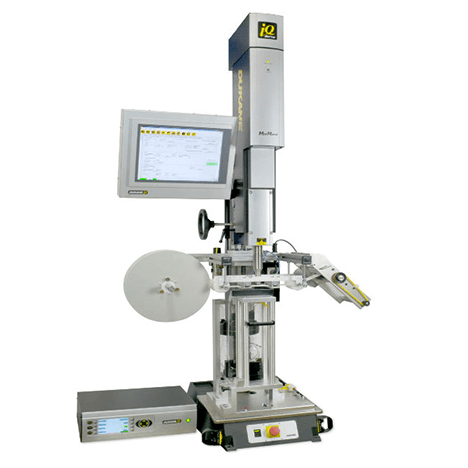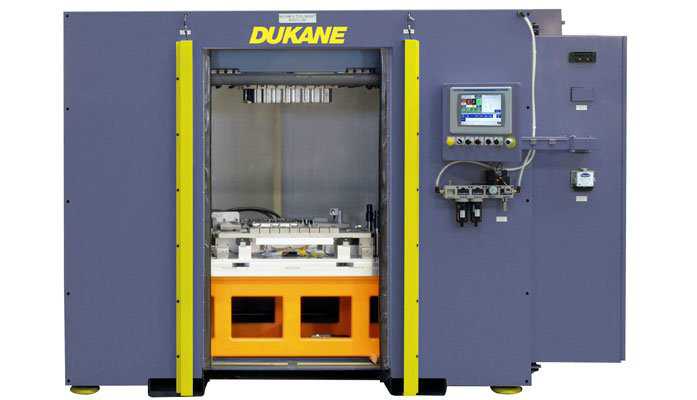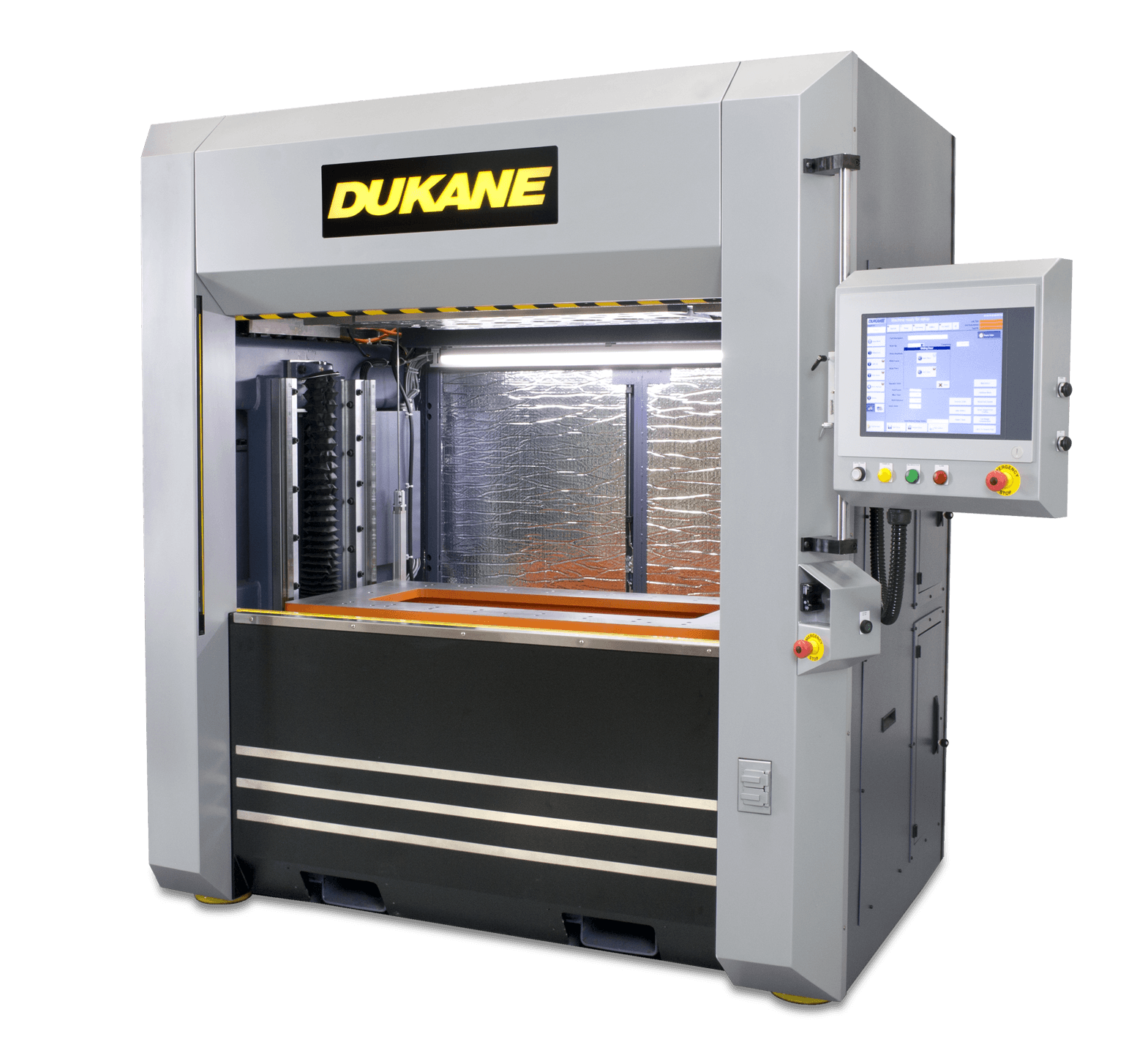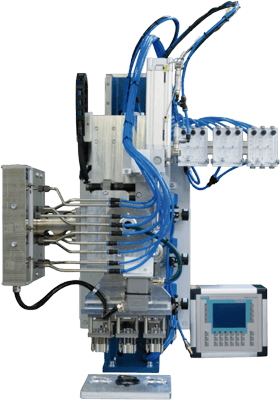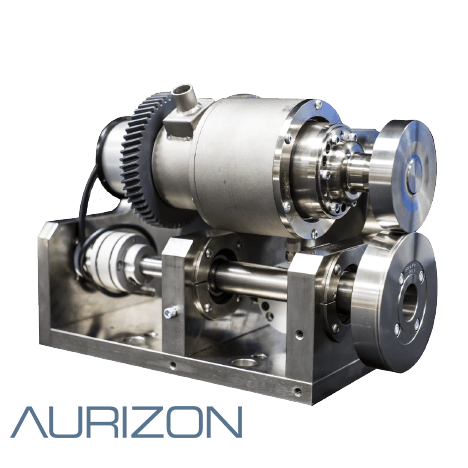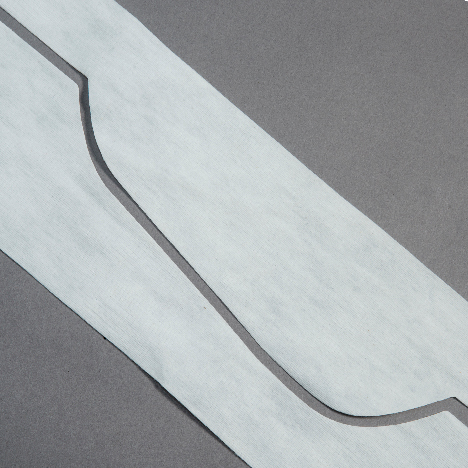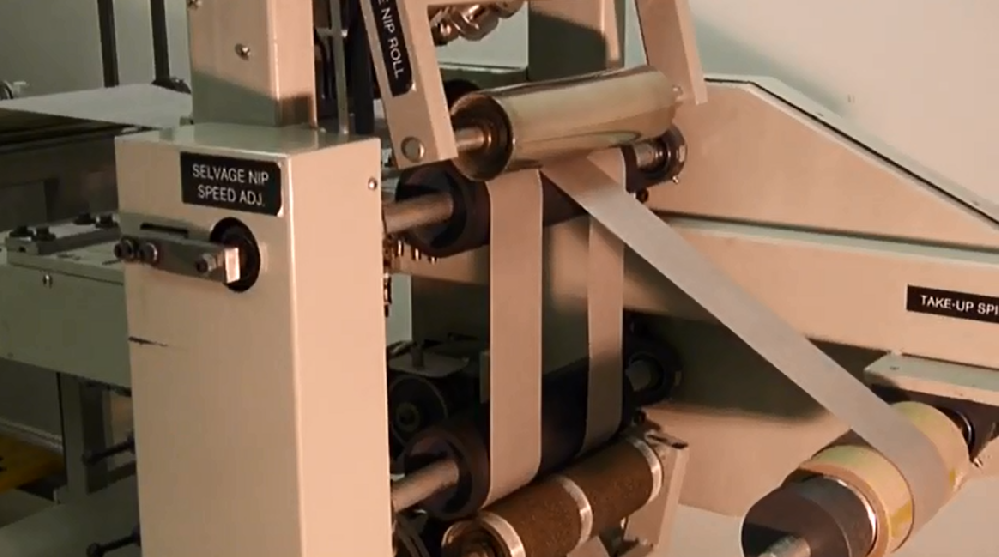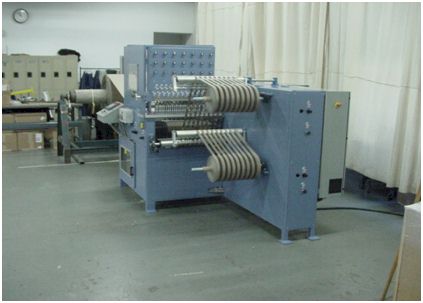This question can be answered different ways but let’s discuss the difference from the two methods of Ultrasonic Narrow Gauge Slitting and Standard Ultrasonic Slitting.
Narrow Gauge Slitting is when a series of Individual Slitting Modules are positioned under a Long Ultrasonic Bar Horn usually about 9” in length. Depending on the centerlines and number of slits we can determine how many modules will be required and how many 9” horns will be required. The actual Slitting anvils are fixed/locked in the module, do not rotate and are spring loaded. The modules are designed to allow the Slitting anvil to be repositioned to a new working surface once a wear spot occurs on the anvil and then locked back in place. This will allow you to use the full diameter of the Slitting anvil. Once the entire anvil is worn then it would be replaced with a new one. This method is commonly used when narrow goods are required. See attached picture of a Narrow Gauge system. These slits are performed off of one roll, approximately 36” wide, approximately 21 slits.
Standard Slitting is a single station slitter that slits one section of the fabric. It normally uses a 1” diameter horn and also has a fixed anvil that is mounted on an air cylinder. These anvils also have the ability to be repositioned to maximize the working surface of the anvil once wear occurs. The air cylinder allows for more precise control of anvil pressure versus the narrow gauge spring loaded design modules. Standard Slitting is used when the slit requirements of the fabric are wide widths, usually greater than 9” wide. The width of the roll being slit will determine how many slitting stations will be required. See picture of a UFF1 Slitter Frame.
The two methods mentioned above are typical ways of Ultrasonic Slitting and are very commonly used in the Fabric & Film market. Depending on the requirements of the application we often replace the fixed anvil method with Individual Driven Rotating Anvils. The rotating anvils in most applications will perform better and usually increase line speeds. Driven anvils will require drive motors or one common shaft with individual air cylinders can be used. These situations will require qualified machine builders. Always use either a fixed anvil or a driven anvil. Free spinning anvils are not recommended. See picture of Driven Anvils on a common shaft with individual air pressure.




